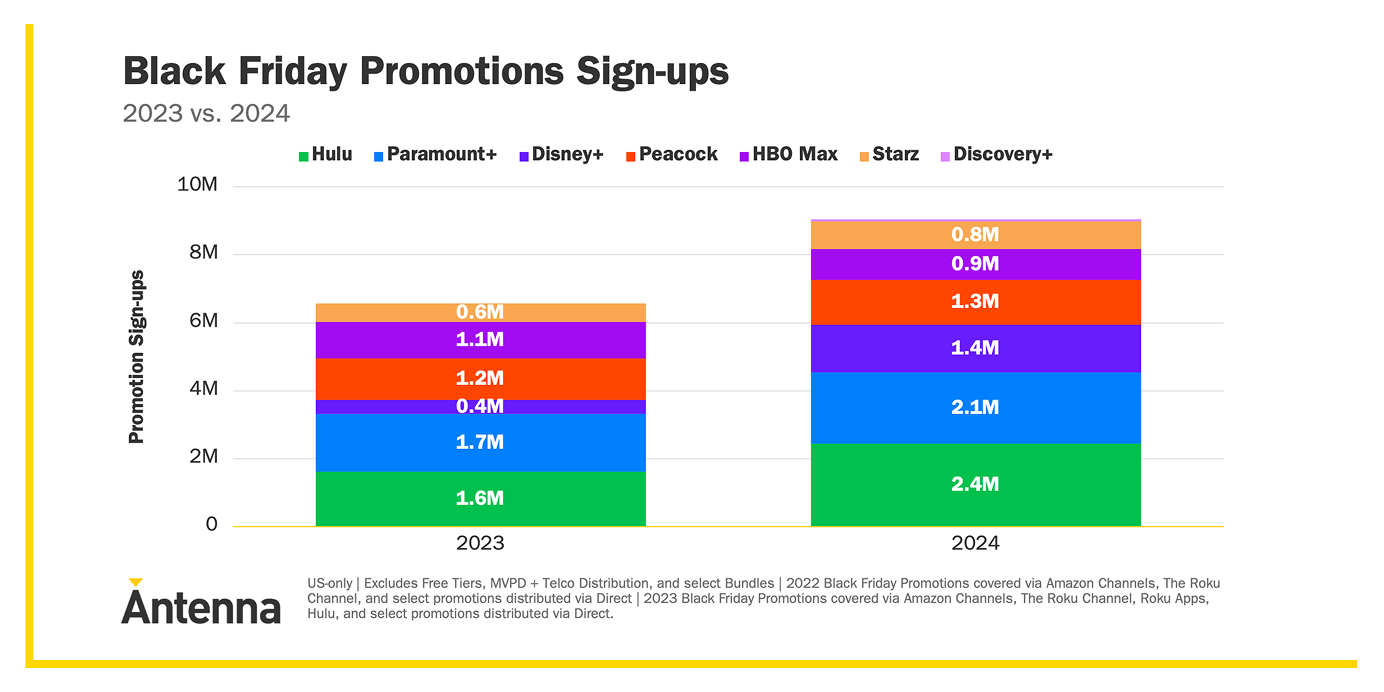As Antenna has previously discussed (link), Ad-Supported Subscriptions are helping to drive growth in streaming video right now. This sudden rise in Ad-Supported Sign-ups over the past few years, as well as the upcoming launches by Netflix and Disney+ of their own Ad-Supported options, begs the question that streamers and advertisers alike want to answer: who are the users opting for Ad-Supported services?
We took a look at Antenna’s demographic data based on plan type, and discovered that AVOD Subscribers are not all that different from their counterparts who opt for an Ad-Free plan.
When aggregating the Subscriber bases of the five Premium SVOD Services with Ad-Supported options—Discovery+, HBO Max, Hulu, Paramount+ and Peacock—the demographics of Ad-Supported and Ad-Free Subscribers are overwhelmingly similar in distribution in terms of age, ethnicity, gender and income.


Ad-Supported subscribers skew slightly more Female, with women representing 53.4% of Ad-Supported users, compared to just 48.8% for Ad-Free plans. Ad-Supported subscribers also skew slightly older, with 43.7% over the age of 50 compared to Ad-Free plans where 41.7% of subscribers are over 50.
Subscribers of Ad-Supported plans skew slightly lower in household income with 33.9% of Ad-Supported plan subscribers at a household income under $50K, compared to 31.9% of Ad-Free subscribers. For those subscribers with household incomes over $150K, 16.8% opt for Ad-Supported services, compared to the 18.8% that are Ad-Free.
For more information on Antenna please reference our methodology page.

.png)



